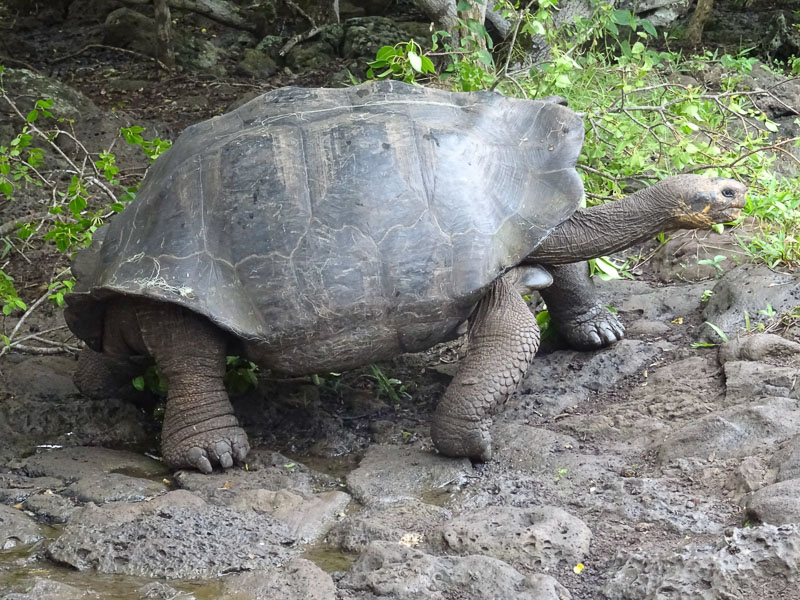
Ecuador
Ecuador is considered one of the most biodiverse countries in the world. Sat on the equator, its varied terrain encompasses four distinct zones.
The scenic Andean highlands, home to Quito. Sat at 2,850m above sea level it is the highest constitutional capital city in the world. Known for its Spanish colonial centre with ornate 16th and 17th century palaces and religious buildings.
The Amazon jungle famed for its diverse flora and fauna, indigenous tribes and pristine jungle areas like Yasuni National Park.
The Galápagos Islands, a volcanic archipelago situated 1,000 km (620 miles) from mainland Ecuador, is legendary for its unique wildlife and uninhabited islands. Its isolation is its life force and appeal. Charles Darwin visited in 1835, and his observation of Galápagos species later inspired his theory of evolution.
Finally, the coastal zone has beautiful beaches and great surfing.
Fast Facts
- Ecuador has more species of plants per area unit than any other country in South America. 18% of the total 1,655 discovered birds in world are found here. The 382 mammal species that exist in this country, comprise 7% of the 5,490 species registered in the world.*
- Panama hats actually comes from Ecuador. Specifically, Monticristi and Cuenca. Made since the 16th century from palm fibres, boiled, dried, and then woven. The name comes from the fact the hats were shipped through Panama, confusing recipients in Europe in the 1800's.*
- The world's very first and second UNESCO World Heritage Sites are in Ecuador. The Galápagos Islands is site one and the capital city of Quito is site number two. These were named at the inaugural World Heritage conference in 1978.*
When to Go
Mainland Ecuador: Beach lovers may prefer the rainy season from December to May. Short tropical burst of afternoon rain interrupt otherwise warm and sunny days. May to November can be overcast, cool and muggy.
It rains year-round in the Amazon, but December to May is particularly soggy, roads can be impassable. Wildlife can be much harder to track down, and the mosquitoes will be out in force.
The weather in the highlands is more consistent with warm days and cool nights. December to March is the least advisable due to increased rain.
Galápagos Islands: If your are spending several days on a boat, December to May is your best bet. The risk of rain is offset by light winds and calmer seas. Temperatures will be pleasantly warm. June to November is drier but cooler, with poor visibility for divers.
Generally, June to September and late December to January are peak season across Ecuador so be sure to book early.
Our Posts
- Take a boat trip with us as we marvel at the spectacular and mind-boggling Galápagos wildlife in We Love Boobies: Bucket List Beauty on the Galapagos



